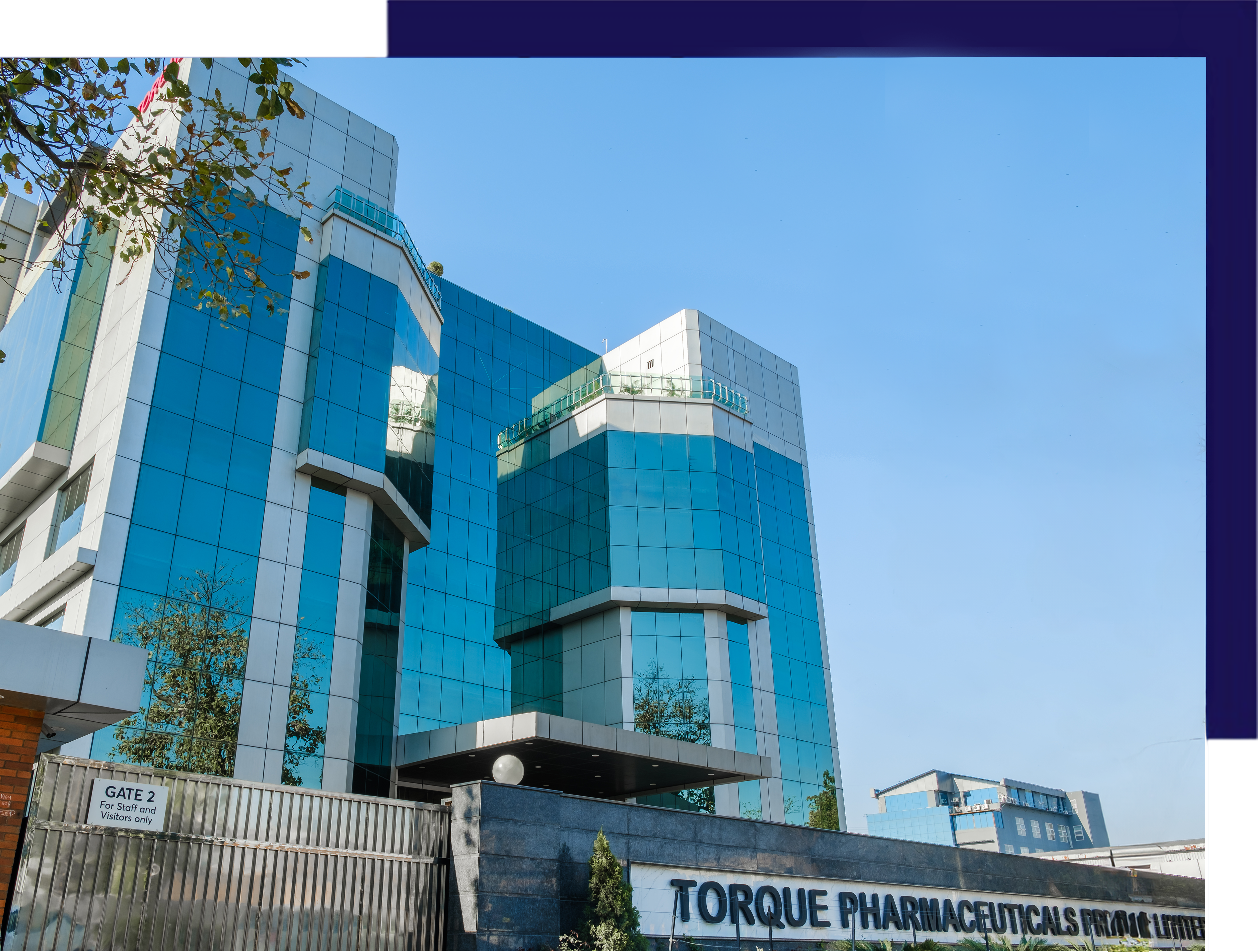
Founded as a generic pharmaceutical firm, Torque has been ushering the waves of positive change
for over four decades with unwavering ethical standards and practices. Right from our inception,
we have been committed to rewriting the definition of excellence within the healthcare
ecosystem.
Our mission, "Better Together," is a testament of our dedication towards continuous evolution
alongside the people who collectively shape our society, as we believe that “togetherness” makes
the world a better place.
Not only does Torque have a significant presence pan India, but also across the globe. Our
portfolio consists of an extensive range of brands that elevate the quality of life such as No
Scars, Medisalic, Torex, Ketomac, Hemo Forte, Multipower, JAL, Torque Refresh and Torque
Ayurveda.
Join us on our journey to drive innovation, create a lasting positive impact, and shape a
healthier world made better together.
Our diverse portfolio boasts renowned brands like No Scars, Medisalic, Torex, Ketomac and Torque Ayurveda, reflecting our unwavering pursuit of elevating the quality of life.
A significant range of our products are exported globally to cater to healthcare needs
Torque has set up its presence in Uganda, Kenya, Angola, Mozambique, Myanmar, Afghanistan, Burundi, Gambia, Liberia, Nepal , and many other countries

At Torque, we believe life is better when we are together. With this core ideology, we crafted a new identity and revealed our new Logo that adds fresh enthusiasm to transform the face of global healthcare.
TORQUE's move to a new 180,000 sq. ft., 7-floor office marks growth, featuring spacious cabins, vibrant colors, and ambient lighting that boost employee motivation.
We launched an e-commerce platform, revolutionizing access to our Ayurveda and personal care products with cutting-edge online convenience.
TORQUE Pharmaceuticals embarked on a new journey by introducing Torque Ayurveda under its umbrella. Developed with state-of-the-art technology and thorough research and development, Torque’s Ayurvedic product line consists of Torex Herbal Cough Syrup, Badam Roghan, Shudh Raktshodhak, LIV 13 Ayurvedic Syrup, Torzyme Syrup & Tulsi Panchratna, etc.